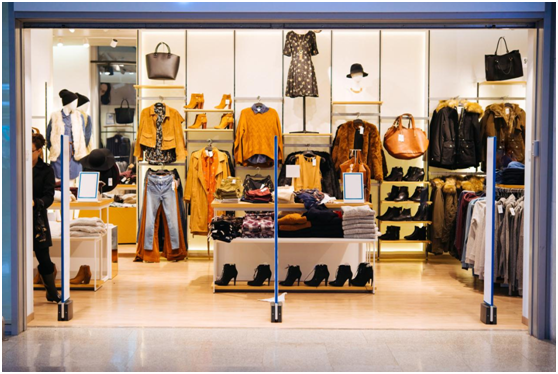5 Retail Display Design Mistakes and How to Avoid Them
According to consumer psychology research, the concept of “retail therapy” is more than an excuse to go shopping. Making buying decisions can reduce feelings of residual sadness and helps consumers restore their sense of control.
That said, heading to a store full of retail display design mistakes is more likely to have the opposite effect. For the stores committing these errors, this means fewer sales and fewer satisfied customers.
But what are some of these retail display errors? And how can you avoid them? Let’s take a look!
1. Bad Lighting
Interior store lighting is a vital component of a positive shopping experience. Get it right and you’ll help accentuate your merchandise in the right way. But get it wrong and you’ll make customers feel uncomfortable and may even make your products look less desirable.
Your aim should always be to create the right mood without forsaking product visibility. Although, the correct lighting for your store can depend on a variety of factors, such as square footage, the products you sell, and your target customers.
2. Too Much or Too Little Variety
Too many of the same products together can signify a lack of variety. But too much variety can soon fluster an indecisive shopper.
When designing a new display layout, make sure to keep things balanced. For example, if you have the same item in several different colors, place a few sizes of the one you want to push in a more prominent way. You can then use nearby racks to display other colors and sizes, offering customers variety but in a more cohesive and subtle way.
3. Crammed Retail Racks and Shelves
Nothing puts customers off faster than crammed racks and overstuffed shelves. not only does this devalue your products, but it can also make customers afraid of causing a potential avalanche when they pull something out for a closer look.
It’s important to use space for displays in a way that doesn’t feel overwhelming. Leaving gaps around products helps achieve this, as does use different display forms. These can include various shelf sizes, central tables, and display pedestals, as you can learn more about here.
4. Lack of Accessibility
High retail racks and shelves might allow you to display more items. But if customers aren’t able to reach these high-placed items, how likely are they to buy them? If customers have to ask for help to access a product, some might do so, but the majority will just head somewhere else.
5. Disorganized Displays
No matter how cohesive the color scheme is or how well-meaning your retail design ideas maybe, too much going on can soon lead to a disorganized display. This unfocused merchandising will likely dissuade customers from approaching. And even if they do approach, they may not be able to find what they’re looking for in such a random display.
To avoid all this, group products together in a way that makes sense and looks cohesive. Group products by category and similarity, always with the aim of drawing attention to the most important products.
Retail Display Design Mistakes
As these retail display design mistakes show, there are many ways that stores can slip up.
But, now you know what not to do, it should be a lot easier to prepare your store environment and arrange your products in a way that keeps your customers coming back for more.
Want more helpful advice and news updates? Be sure to check out our other blog posts for all the latest tips and tricks!
For More Articles Visit: Flashy Info







